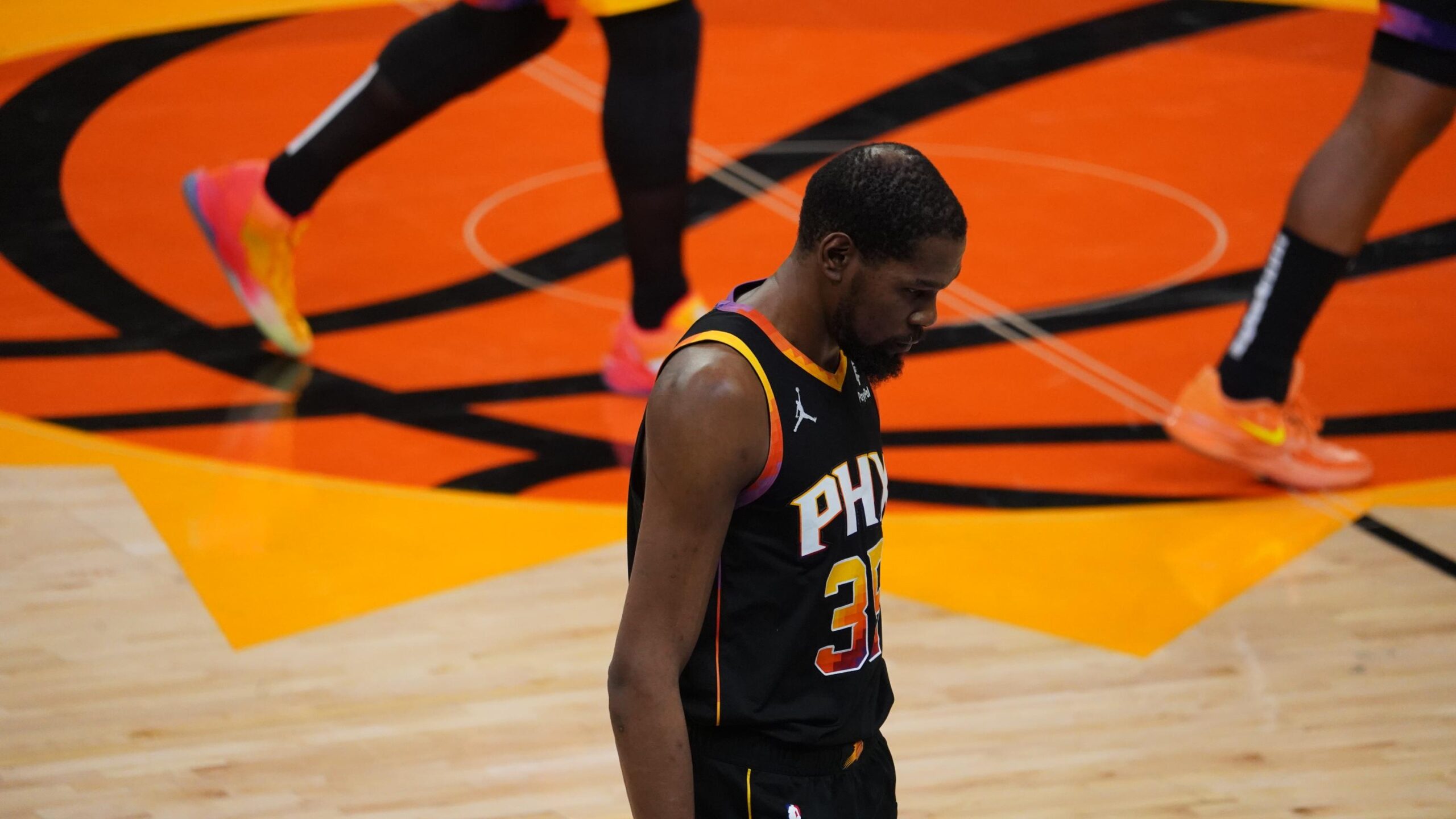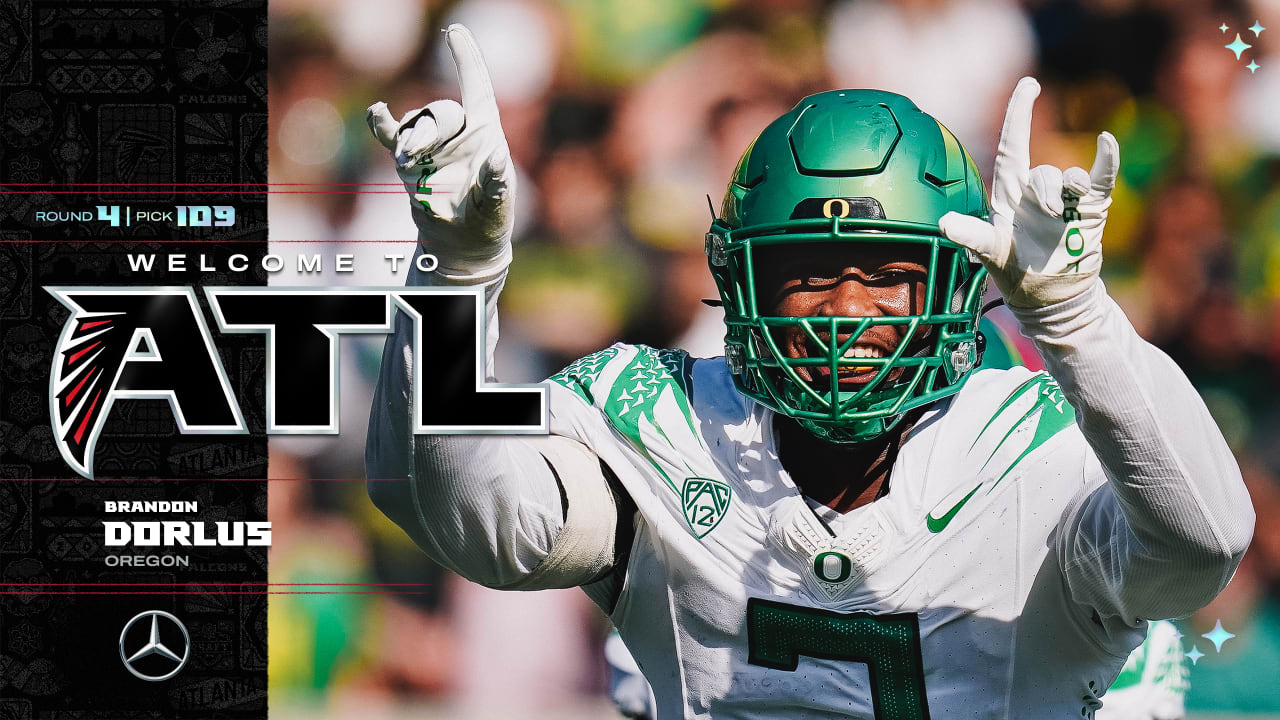While most agents are completely irrelevant in the eyes of fans, Scott Boras is one who constantly finds himself in the spotlight. Not only does he represent what feels like every star MLB player, but the way he operates is unorthodox.
Boras puts all of his eggs in the free agent basket. His clients rarely accept or even entertain extensions before hitting free agency, as the idea of all 30 teams bidding for services is too good to pass on. Sometimes it works, but in this past offseason, it’s safe to say Boras failed miserably.
Despite representing most of the top free agents of this free agency class, the best deal Boras got was the five-year, $113 million deal Jung Hoo Lee signed with the Giants. In terms of the “Boras Four”, it was an unmitigated disaster. None of those four stars received long-term deals that they appeared to have wanted after waiting virtually all offseason. All of the contracts are bad, but one in particular sticks out as the worst of the four.
Heading into the offseason, it was a mystery where Cody Bellinger was going to sign and for how much. He was coming off of an excellent season, but that was after a pair of miserable seasons with the Dodgers when he was one of the worst hitters in the league.
We’ve seen the MVP ceiling, but his floor being as low as it is makes it a tough sell for teams to give him the massive $200+ million deal he and Boras were undoubtedly seeking.
While the terms of the deal weren’t what Bellinger had hoped for, the contract he signed was easily the best of the four. He got three guaranteed years at a high AAV with the ability to opt-out after each of the first two seasons if he has a repeat of his big year. Yes, the Chicago Cubs avoid long-term risk with this deal, but Bellinger is making over $26 million annually. That’s a hefty sum, especially if he struggles.
This is the best kind of deal Bellinger could’ve hoped for if he wasn’t going to get a long-term deal. He’s back with the Cubs, a team he proved to be comfortable with, and if he has another big year, he might be able to fully cash in. Worst case scenario, if Bellinger struggles, he has a nice cushion to fall back on in 2025 and 2026.
The San Francisco Giants were extremely active with Scott Boras this offseason. Not only did they sign outfielder Jung Hoo Lee to a nine-figure deal, but they came to terms with two of the four ‘Boras Four’ players. The first one they signed was Matt Chapman, inking him to a three-year deal with a couple of opt-outs. It’s the exact same structure as Bellinger, although Chapman does have a mutual option for the 2027 campaign built in.
Chapman had established himself as one of the best third basemen in the league, but unlike the other ‘Boras Four’ players, he’s coming off of a down platform season. Chapman was among the best hitters in the league in April but really slowed down the rest of the way. His defense remained elite, but he hit just 17 home runs, his lowest total in a full season (excluding 2020) since his rookie year in 2017.
Even with his down year, Chapman has solidified who he is as a player. He won’t hit for a very high average, but he’s got tons of power and is as elite as they come defensively at the hot corner. He’s just 30 years old and has played in at least 140 games in the last five 162-game seasons, proving to be incredibly durable.
For whatever reason, teams simply refused to give Chapman a long-term deal. He had to settle for three years, but at least he got three built in. Chances are, if he performs with the Giants, he’ll opt out after the 2024 or 2025 campaign and fetch more in terms of years and guarantees.
If Blake Snell wasn’t able to cash in after winning his second Cy Young Award, when exactly is he going to? Sure, the track record is a bit sketchy, but when Snell is at the top of his game, there are few, if any, better. Snell won the NL Cy Young this past season, leading the league with a 2.25 ERA and allowing just 5.8 hits per nine. He was unhittable for a large majority of the season, yet he got just a two-year deal.
I get why teams might be hesitant to commit long-term to Snell. He walks a ton of hitters. I mean, a ton. This past season he led the league with 99 walks even despite winning the Cy Young Award. The walks lead to base runners and most importantly lead to elevated pitch counts that make Snell only good for five or six innings at most per game. He pitched into the seventh inning just three times in 2023 and didn’t throw a single pitch in the eighth inning.
Even with that concern, Snell really couldn’t have done better than he did? Sure, the AAV is nice, as is the ability to opt-out, but two years? Even Bellinger and Chapman got three guaranteed years with a pair of opt-outs. Where was that for Snell? To make matters worse, $15 million of the $62 million he was set to receive is deferred.
This was Snell’s year to cash in, plain and simple. He’s 31 years old, and chances are, he won’t come close to topping what he was able to accomplish in 2023. The fit with the Giants pitching half the time at pitcher-friendly Oracle Park makes sense, but two years for the reigning Cy Young winner in the middle of his prime is downright laughable.
Jordan Montgomery was the last of the four to sign, and unsurprisingly, got the worst deal of the four. He was able to sign with the reigning NL Champions and gets to live in Arizona, so those are two good things, but one guaranteed year? For Jordan Montgomery? What are we doing here?
Montgomery doesn’t have the ceiling of players like Snell and Bellinger, but he’s proven to be a consistent workhorse who also proved that he can perform in the postseason. He’s made at least 30 starts in each of the last three seasons with ERAs under 4.00 in all three. This past season was his best, as he posted a 3.20 ERA in 32 starts and 188.2 innings of work splitting time with the Cardinals and Rangers.
He took his game up a notch in the postseason, posting a 2.90 ERA in six appearances (five starts) and leading the Rangers to a World Series win. He’s not going to win a Cy Young, but who doesn’t want a consistent arm who doesn’t miss starts in a rotation?
As is the case with Snell, if Montgomery wasn’t going to cash in after 2023, when exactly will he? What makes his case even funnier is the fact that he didn’t have the qualifying offer attached to him. Teams didn’t have to give up draft compensation to sign him as they did with the other three on this list. Still, all Montgomery could get was one guaranteed year for $25 million. That’s $9 million more than what Frankie Montas, a pitcher who recorded four outs last season, got.
Yes, there is an option for 2025, but that isn’t even guaranteed. Montgomery has to make 10 starts in order for him to have the option to play for $25 million next season in Arizona. Forget long-term commitments. Montgomery not getting more than one guaranteed year after the season he just had is insane, and an awful look for Boras.

Gregory Daniels is your guide to the latest trends, viral sensations, and internet phenomena. With a finger on the pulse of digital culture, he explores what’s trending across social media and pop culture. Gregory enjoys staying ahead of the curve and sharing emerging trends with his readers.







/cdn.vox-cdn.com/uploads/chorus_asset/file/24402139/STK071_apple_K_Radtke_03.jpg)
